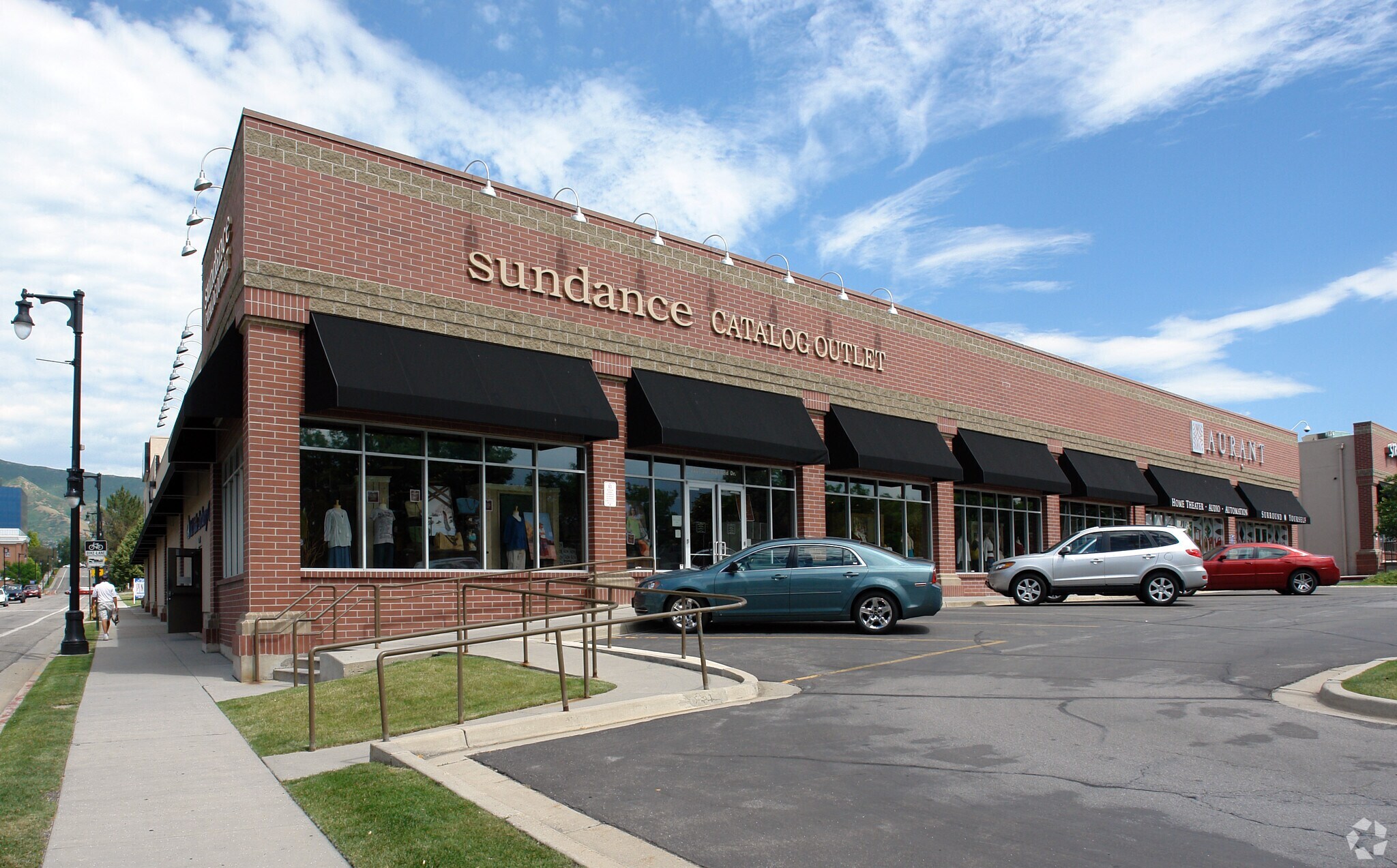Sundance Living is riding into the sunset, closing its 16 stores and shutting down its catalog business.
The Salt Lake City-based company, formerly known as Sundance Catalog, was founded by actor-filmmaker Robert Redford but sold by him in 2004. Sundance Living has now emailed customers saying it is holding a closing sale "online and in-store." Sundance stores in Salt Lake City and Westport, Connecticut, have posted "entire store on sale" signs, according to local media reports.
Sundance Living didn't respond to an email from CoStar News on Monday seeking comment.
Sundance sells upscale Western-inspired jewelry, apparel, accessories, art and furniture through its mail-order catalog, online and brick-and-mortar locations. After debuting a handful of stores, in 2016 Sundance said it planned to ramp up an expansion and roll out up to 150 stores. The idea was to extend Redford's indie movie Sundance Film Festival brand to a national retail chain.
But Sundance never came close to that mark. It now has 14 stores in addition to Westport and Salt Lake City in: Scottsdale and Tucson, Arizona; Lone Tree, Colorado; Alpharetta, Georgia; Deer Park, Illinois; Leawood, Kansas; Rochester Hills, Michigan; Edina, Minnesota; Nashville, Tennessee; Cincinnati; Tigard, Oregon; Dallas and San Antonio; and Fairfax, Virginia.

Companies that got their start as mail-order catalog businesses have had mixed luck running brick-and-mortar retail. Iconic Sears was first a catalog company, and then built a mighty fleet of stores until the chain's eventual woes and diminishment. And catalog retailer Coldwater Creek expanded into brick-and-mortar locations, but it closed its 13 stores in 2020 during the pandemic and never reopened them.
"At the time Coldwater Creek’s closures seemed to be more about the pandemic and their stores not generating sufficient profit," Neil Saunders, a retail analyst and managing director at analytics firm GlobalData, said in an email to CoStar News.
Five of Sundance's creditors, artisan vendors, recently filed a legal petition trying to force the company to file for bankruptcy, according to The Salt Lake Tribune. In response, Sundance said it had transferred its assets to a liquidator to sell. In court filings, Sundance said it had been in economic distress and unable to secure financing or a buyer for the company, the Tribune reported.
"The main problem for Sundance is debt," Saunders said. "The company owes a [lot] of money and is not profitable enough to cover its various liabilities. It has taken a view that it can’t make the business work. On the sales slide, the problem for Sundance is brand recognition. The brand name just isn’t that well known and even it stores at popular locations, like Kierland Commons, it doesn’t generate enough interest and foot traffic."
Redford opened a resort in 1969 in Utah, which later had a general store on-premise, paving the way for later standalone flagship stores. The first Sundance catalog went out in 1989.
In 2004, Redford sold Sundance Catalog to the private equity firms ACI Capital and Webster Capital for a reported $20 million to $40 million, according to The Wall Street Journal. In 2012, Brentwood Associates purchased a majority stake in Sundance Catalog, selling it back to Webster Capital in 2018.
